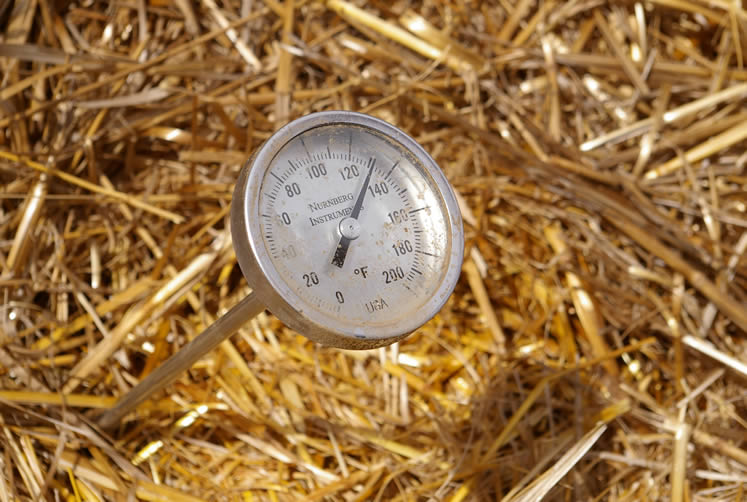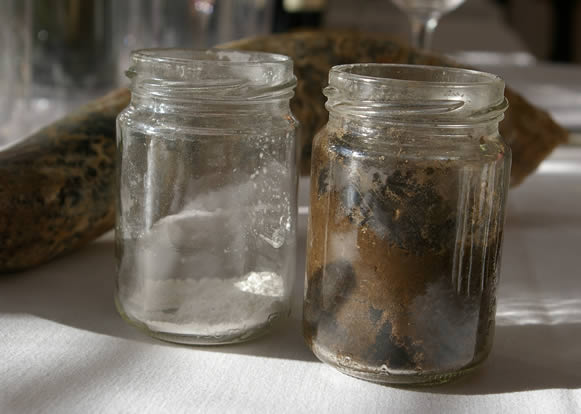
|
part
2: what
is biodynamics?
It
is helpful to think of biodynamics not primarily as an agricultural
system, but rather as an altered philosophy or worldview that then
impacts on the practice of agriculture in various ways. In other
words, to farm biodynamically, first you have to think
biodynamically. It
has its roots in a series of lectures delivered by Austrian
philosopher–scientist Rudolf Steiner in 1924. Steiner’s life
mission was to bridge the gap between the material and spiritual
worlds through the philosophical method. To this end, he created the
‘spiritual science’ of anthroposophy, which he used as the basis
of the Waldorf school system that persists to this day. It
was only quite late on in Steiner’s life that he turned to
agriculture: his eight lectures, entitled Spiritual
Foundations for the Renewal of Agriculture, were delivered just
a year before his death, but they remain as the foundation of
biodynamic farming. Modern biodynamic practice is built on top of
Steiner-inspired theories, but it is important to emphasize that
there are a number of growers who practice biodynamics but who would
distance themselves from Steiner’s beliefs and teachings.
Key
to biodynamics is considering the farm in its entirety as a living
system. To this end, biodynamic farms are supposed to be closed,
self-sustaining systems. Biodynamics also sees the farm in the
context of the wider pattern of lunar and cosmic rhythms. In this
holistic view, the soil is seen not simply as a substrate for plant
growth, but as an organism in its own right. The idea of using
synthetic fertilizers or pesticides is thus an anathema to
biodynamic practitioners. Instead, they use a series of special
preparations (see Table) to enhance the life of the soil, which are
applied at appropriate times in keeping with the rhythms of nature.
And disease is seen not as a problem to be tackled head-on, but
rather as a symptom of a deeper malaise within the farm
‘organism’: correct the problem in the system and the disease
will right itself.
Biodynamics
is in effect a supercharged system of organic farming. Where
biodynamics differs significantly in practice from organics is in
the use of these special preparations and the timing of their
application—in other ways the techniques employed are quite
similar. As
I’ve talked to various biodynamic winegrowers from around the
world, one thing has become clear. While they tend to agree on the
big details, each has their developed biodynamics to suit their own
particular situation. Winegrowers drawn to this philosophy tend to
be inventive types, always experimenting and refining their
practices to see what works best. As a result, there are many
different flavours and variations around this common theme, and
it’s hard to define biodynamics in any sort of rigid way.
One of the most common emphases of biodynamic practitioners is the importance of soil health, and, in particular, the development of a healthy soil microbial population. Composting helps achieve this, and all biodynamic growers will have big compost heaps. Indeed, if anything is going to be added to the soil, such as lime, it is usual to do this via the compost heap. Compost heaps will typically contain waste material from the winery (such as the grape seeds, skins and stems), plus cow manure (some wineries, such as Millton in New Zealand have their own herds; others will source manure from suitably organic farmers), covered by straw and then watered at regular intervals. The microbial activity in the heap generates heat, and the temperature in the pile will reach perhaps 130 or 140 F (c. 60 C). The difference between biodynamic compost and organic compost is simply the range of special preparations added to the heap, as detailed above. After about a year, the compost is then ready to be added to the vineyard - typically, growers will do a plot at a time - you don't want to be adding to much compost because then the soil will be too rich and will promote vigorous growth, which isn't conducive to quality. Another important aspect of biodynamics is working the soil by manual plowing - of course, the usual viticultural practice of keeping rows clear of weeds by means of herbicides such as glyphosate (Roundup) is not permitted in biodynamics or organics. Many biodynamic growers advocate plowing to break up superficial roots and encourage the vines to sink their roots deeper. Others will allow weeds to grow between the rows. Under the rows themselves it is common to find growers working with special devices that weed manually but then avoid the trunks of the vines. Some growers even use horses to plough with rather than tractors. In later parts of this series we’ll explore in greater depth exactly what applying biodynamics to a wine estate would involve, and take a look at a biodynamic property in operation. Other topics in this series
|
||||||||||||||||||||||||||||||||||||


